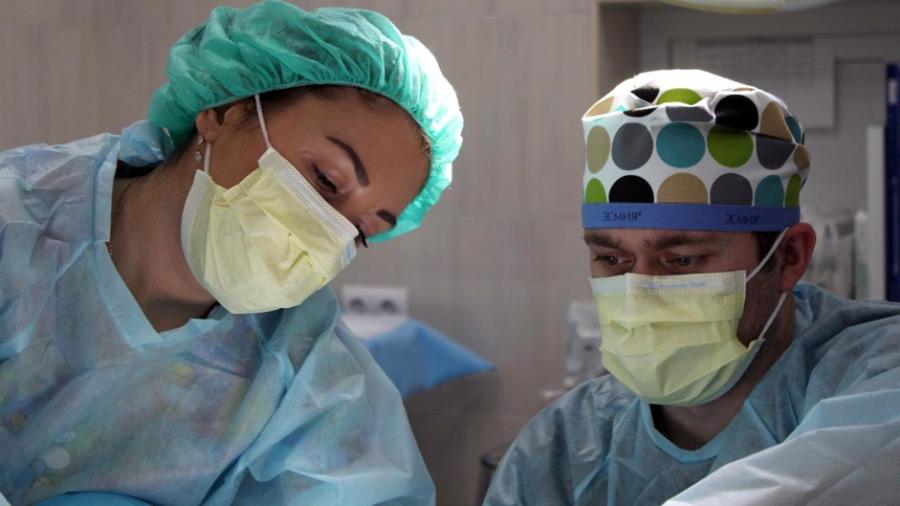Visiting a dentist’s office can be very scary and troublesome for many kids as well as adults. The phobia of the treatment and potential pain following it often haunts patients for days before their appointment. That is one of the reasons many people avoid consulting a dentist despite experiencing severe toothaches and other dental issues.
If your child is one of them and is terrified about his or her dental procedure, learning about sedation dentistry might help you ease their fears. Laughing gas is one of the most common, safe and effective sedative agents used by dentists in child sedation. It would be helpful to understand the process of sedation and its various types to know about how it works.
What is sedation?
Sedation dentistry refers to the use of various types of medication to help patients relax during dental procedures. This is especially necessary for children who, being so young, have a difficult time staying calm and sitting still for long periods. Additionally, the sound of the drill may scare your child (it might even scare an adult as well).
With this in mind, your child’s dentist will likely need to perform sedation on your child during a dental procedure to make the process smooth. Another thing to keep in mind is that the type of sedation necessary may vary based on the particular dental procedure, laughing gas (or nitrous oxide) being the most common for children.
Read also How You Can Get the Best Dental CE Online?
Types of sedation
As mentioned earlier, depending on the dental procedure performed, the type of sedation used varies. Each child may behave differently based on the dosage and severity of the sedation. The common types of sedation dentistry are as follows:
Laughing gas or inhaled sedation
This is the most commonly preferred sedation, and it is useful for both adults and children. In this type of sedation, patients breathe in nitrous oxide (commonly known as “laughing gas”) and oxygen through a mask over their nose. It is one of the easiest and less invasive types of sedation, and its effect is relatively brief. A dentist may have control over the amount of sedation given throughout the procedure. Laughing gas doesn’t put children to sleep, but it still helps them to relax and relieves pain during treatment.
Mild sedation
Most dentists prefer using this type of sedation for older children. During mild sedation, the dentist keeps the child calm and relaxed using certain medications, but they won’t fall asleep or lose consciousness. Instead, the child will be alert enough to perform specific actions requested by the dentist and respond to questions. In some cases, the child may not even remember things about the dental visit once the sedation’s effect wears off.
Moderate or oral sedation
This type of sedation is mostly suitable for adults and older children. The means of sedation is oral, and it may require the child to take a pill an hour or two before the dental procedure. Depending on the dosage given, each child’s physical awareness may vary. For example, if given a heavy dose, the child might doze off during the entire dental procedure. With that in mind, they may not remember the dental procedure after waking up.
Deep or IV sedation
This type of sedation is delivered by being inserted into the bloodstream, hence the name as Intravenous Sedation. The effects of this method occur immediately and may quickly put the child to sleep. Always make sure that your dentist performs IV sedation under appropriate expert supervision as the child may not be able to breathe on their own until its effect wears off.
The dentist will continue to adjust the levels of sedation throughout the procedure, and a nurse anesthetist will be present to assist him or her. The role of the nurse anesthetist is to monitor the child’s heartbeat, breathing, and blood pressure until the sedation wears off. Once it does, they examine the child’s condition and decide whether the child is ready to be taken home.
General anesthesia
This type of sedation renders the child entirely unconscious for a few hours. Dentists often prefer to use general anesthesia only for more prolonged, complicated, and painful treatments. Remember that only certified anesthetists and other anesthesia professionals who have received certification in a relevant field are qualified to provide general anesthesia. Sometimes even a dentist himself is qualified to perform both general anesthesia and dental treatment on a child if he has received the proper certification.
Now that you know about the different types of sedation let’s discuss what laughing gas in particular is and how it helps dentists in child sedation.
Laughing Gas
Laughing gas (or nitrous oxide) is a non-flammable gas that has a sweet flavor and odor to it, and it acts as a sedative, helping children calm down and relieving pain during dental treatments. The dentist places a nose mask on the child through which they will inhale a specific amount of nitrous oxide and oxygen. This helps the dentist perform the treatment more efficiently as the child remains calm and numb to any pain. It doesn’t cause the child to fall asleep, so they will be awake, able to respond to the dentist, and perform any actions they are asked with the dentist’s guidance.

How laughing gas (nitrous oxide) works
To understand the exact mechanism of nitrous oxide and how it helps a dentist in child sedation, you should know and understand its effects and the different reactions it causes when inhaled.
Nitrous oxide works within a few minutes of inhaling it through the nose mask. At first, they may feel slightly dizzy, followed by a slight tingling or itching sensation in their arms and legs. Once it is in full effect, the dentist can perform the treatment without hassle due to the following effects:
- It reduces anxiety due to its anxiolytic effects.
- Its analgesic properties reduce and numb the sensation of pain.
- It creates a euphoric effect as nitrous oxide releases large amounts of dopamine.
However, always remember that no matter how useful nitrous oxide (laughing gas) is in medical procedures, it can have dangerous side effects when inhaled without proper monitoring and guidance.
Hopefully, after reading this article, you and your child can feel more at ease about any upcoming dental procedures they may have scheduled. Of course, if you’re still feeling apprehensive about it, it’s always safe to ask your dentist for more information.


